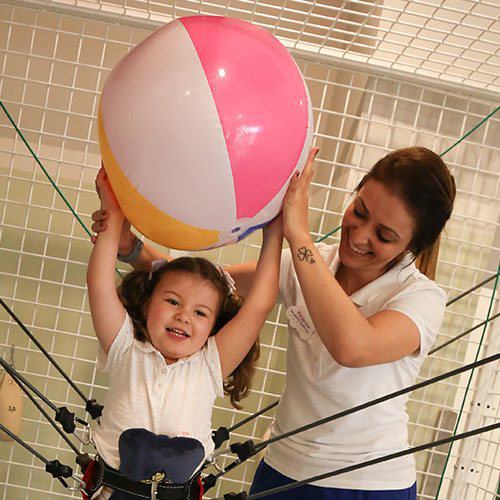The Impact Of Technology On Pediatric Physiotherapy Practices
Technology has changed the field of pediatric physical therapy, offering new tools, techniques, and approaches to improve assessment, intervention, and outcomes for children with diverse physical challenges. From innovative devices to telehealth solutions, the impact of technology on pediatric physiotherapy practices is profound and far-reaching.
Assistive devices and equipment:
Advancements in assistive technology have significantly expanded the range of tools and devices available to support children with physical disabilities or limitations. From orthotics and prosthetics to mobility aids and adaptive equipment, these devices help children improve mobility, independence, and quality of life. Customized orthoses and prostheses, designed using advanced 3D scanning and printing technologies, offer precise fit and functionality tailored to each child’s unique needs.
Virtual reality (VR) and gamification:
Virtual reality (VR) and gamification have emerged as powerful tools in pediatric physiotherapy, making therapy sessions more engaging, interactive, and motivating for children. VR-based rehabilitation programs allow children to immerse themselves in virtual environments where they can participate in therapeutic activities and exercises that target specific goals, such as balance, coordination, and motor control. Gamified apps and platforms integrate game elements into therapy tasks, turning exercises into enjoyable and rewarding experiences for children.
Motion capture and analysis:
Motion capture technology allows therapists to precisely track and analyze children’s movements, providing valuable insights into their biomechanics, gait patterns, and functional abilities. Systems equipped with wearable sensors or cameras capture real-time movement data, allowing therapists to assess movement quality, identify areas of weakness or asymmetry, and monitor progress over time. Motion analysis tools support evidence-based decision-making and facilitate the development of targeted intervention strategies.
Telehealth and remote monitoring:
Telehealth platforms and remote monitoring systems have become increasingly prevalent in pediatric physiotherapy, especially in light of the COVID-19 pandemic and the need for remote healthcare delivery. Telehealth consultations allow therapists to conduct assessments, provide interventions, and deliver education and support to children and their families via secure video conferencing platforms. Remote monitoring technologies allow therapists to track children’s progress, compliance, and outcomes remotely, facilitating ongoing communication and adjustments to treatment plans as needed.
Wearable technology and biofeedback:
Wearable technology devices, such as activity trackers, smart garments, and biofeedback sensors, offer valuable tools for monitoring and improving children’s physical activity and performance. These devices provide real-time feedback on movement patterns, muscle activity, and physiological parameters, empowering children to self-monitor and adjust their behavior accordingly. Biofeedback systems can be integrated into therapy sessions to help children improve muscle coordination, relaxation, and motor control by providing visual or auditory cues based on physiological signals.
